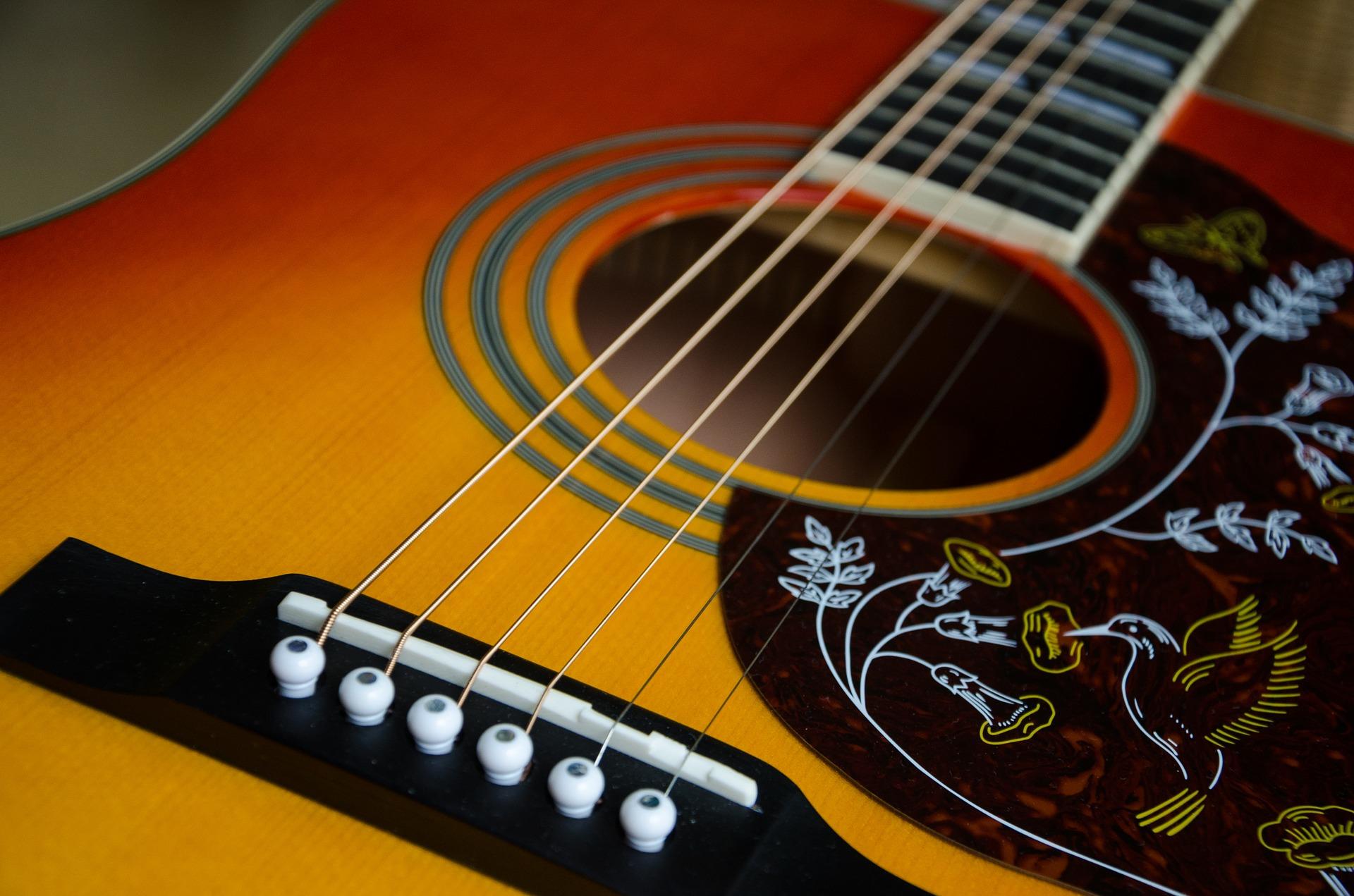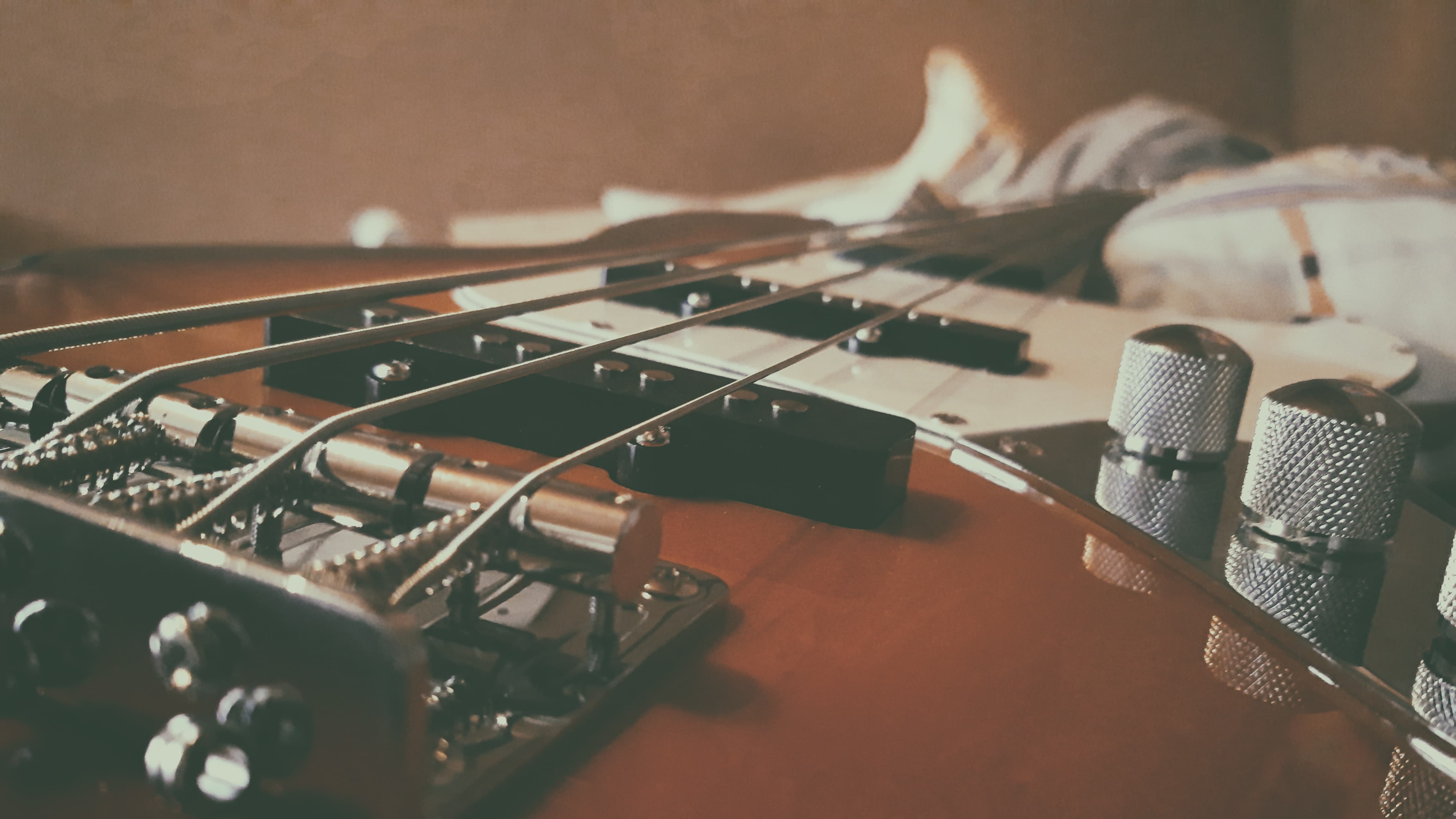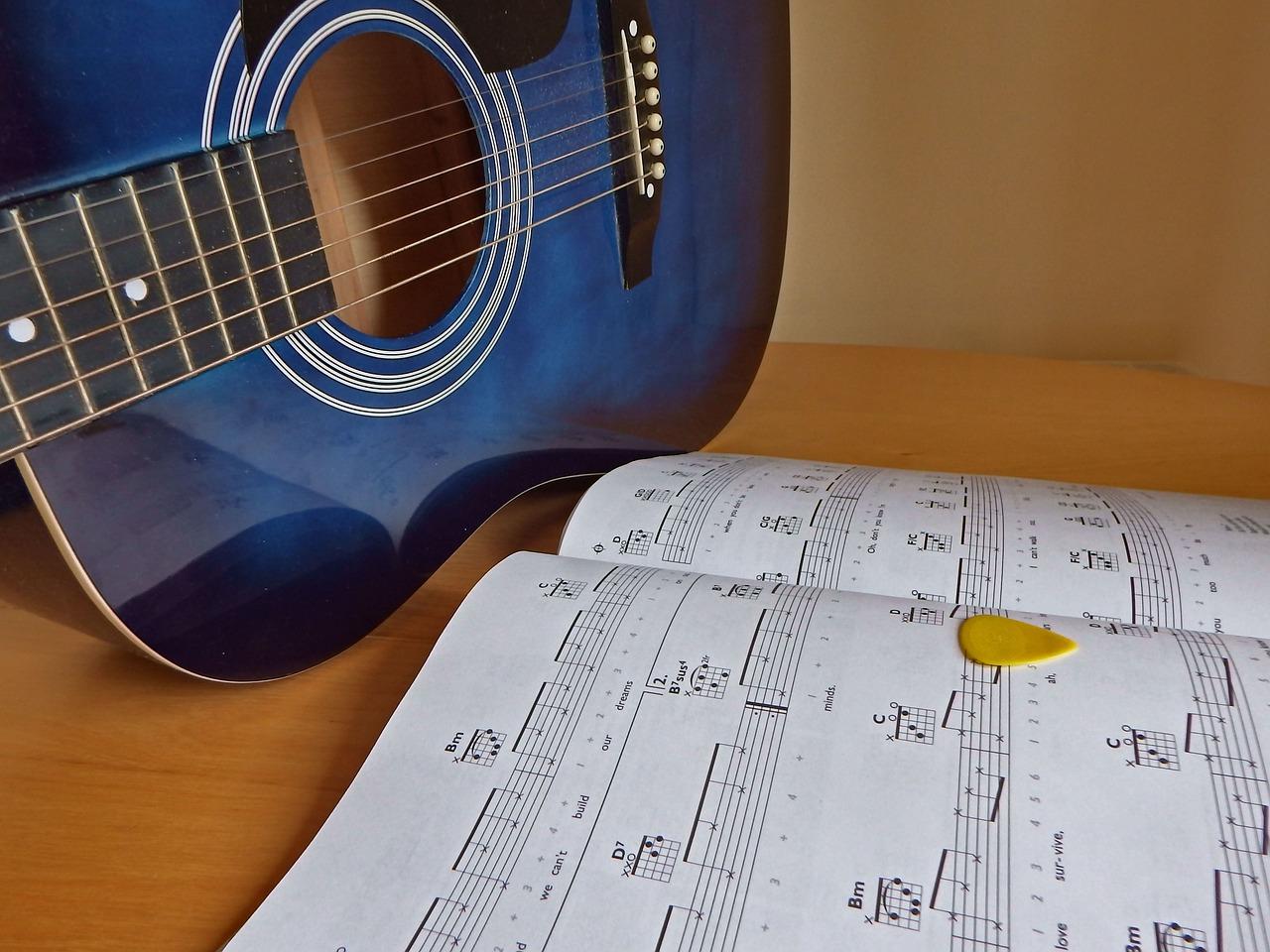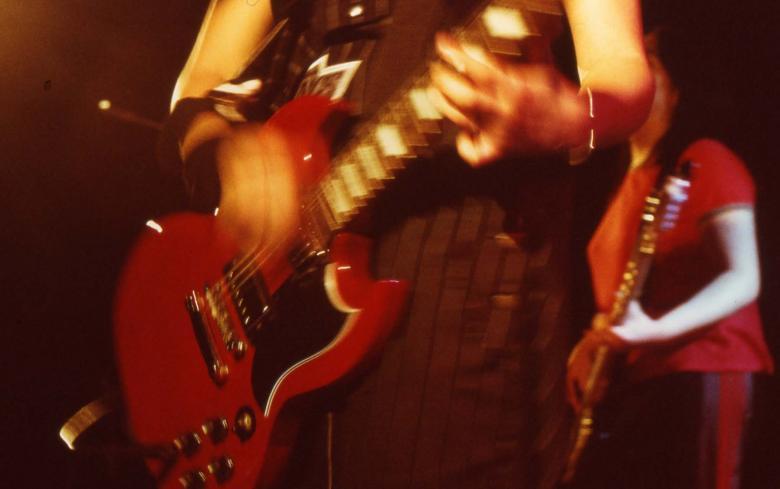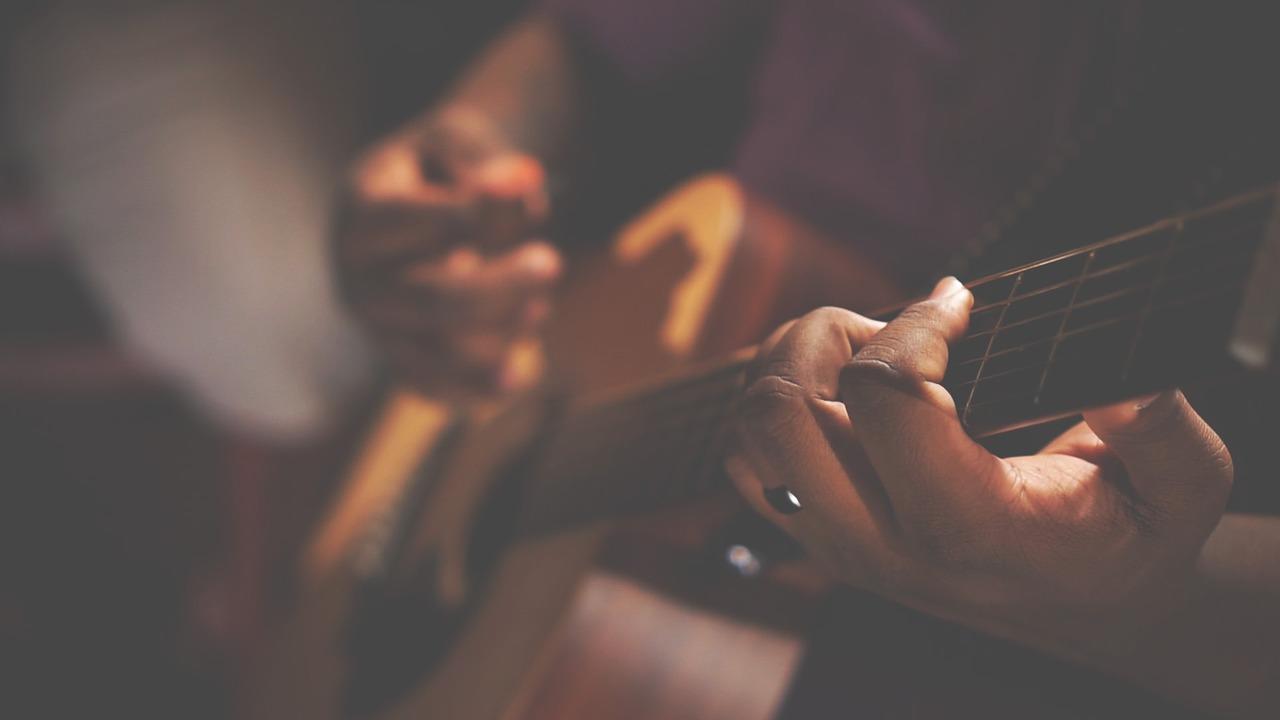“Music is the wine that fills the cup of silence.” - Robert Fripp
Music is a part of almost every Brit’s daily life. When we’re happy, we play happy music. Or is it that playing music makes us happy? In either case, your guitar playing should be your main priority. But before you start playing your guitar, you’ll need to work on a few scales and basic chords in order to make your life easier. If you're in Sydney, consider taking guitar lessons to kickstart your musical journey. In fact, by learning scales, you'll better understand each guitar chord, chord progressions, learn to play licks, and become a master of music theory. Here are a few of the most common scales that every guitar player should learn.

The Chromatic Scale for the Guitar
The chromatic scale is a scale with all 12 pitches, each a semitone apart: C, C#, D, D#, E, F, F#, G, G#, A, A#, B, C. 
- Low E string
- A string
- D string
- G string
- B string
- High E string
Use a metronome to improve your rhythm and timing as you play the notes. The plectrum should follow a back and forth motion as this gives your playing the typical sound that the guitar will usually have. The positioning of your left hand (or right hand if you’re left-handed) is key when it comes to doing these kinds of exercises. Your thumb needs to be placed on the back of the neck with your wrist slightly bent and your fingers curved towards the fretboard. As we said, the chromatic scale isn’t very useful when it comes to playing songs. It’s not very melodic like a major scale or a pentatonic scale. On the other hand, there are a few advantages to it:
- Warming up: it’s a good idea for when you want to gently warm up before playing.
- Working on your technique: it’s good for improving your flexibility, the strength of your fingers, coordination, and precision.
- Adding nuance when you improvise: adding the chromatic scale can sometimes be a useful addition when going between scales and allows you to add more harmonious and pleasant transitions. It can make you more creative.
Don’t forget about the chromatic scale as you can use it throughout your entire “career” as a guitarist whether you’re playing an electric guitar, acoustic guitar, or an electro-acoustic guitar. If you've just started playing the guitar, this is a great one for warming up and working on your improvisation.
The Major Scale on the Guitar
There are plenty of scales you can play when you first learn guitar and a lot of them might seem quite difficult. However, some of them are essential! 
- I to II: A tone.
- II to III: A tone.
- III to IV: A semitone.
- IV to V: A tone.
- V to VI: A tone.
- VI to VII: A tone.
- VII to I: A semitone.
You could also remember it like this:
- 1T - 1T - 0.5T - 1T - 1T - 1T - 0.5
- 2 - 2 - 1 - 2 - 2 - 2 - 1
The second might be more useful for guitarists as it’ll indicate how many frets between two notes on the scale. To stay true to the intervals on the major scale in other keys, you’ll often have to include sharps and flats when you’re playing. To work on the major scale, here’s some important advice:
- Start off slowly with the help of a metronome at a very low tempo.
- There are seven positions in the major scale: make sure you’ve mastered one position before trying to learn the next one.
- Learn to read a scale diagram in order to learn to learn scales and the different positions more quickly.
For the first position of the major scale, here’s how to place your fingers.
- Low E string: index finger on the 8th fret, middle finger on the 10th fret, pinky on the 12th fret.
- A string: index finger on the 8th fret, middle finger on the 10th fret, pinky on the 12th fret.
- D string: index finger on the 9th fret, middle finger on the 10th fret, pinky on the 12th fret.
- G string: index finger on the 9th fret, middle finger on the 10th fret, pinky on the 12th fret.
- B string: index finger on the 10th fret, ring finger on the 12th fret, pinky on the 13th fret.
- High E string: index finger on the 10th fret, ring finger on the 12th fret, pinky on the 13th fret.
The Minor Scale on the Guitar
The minor scale is arguably the second most important scale along with the major scale. 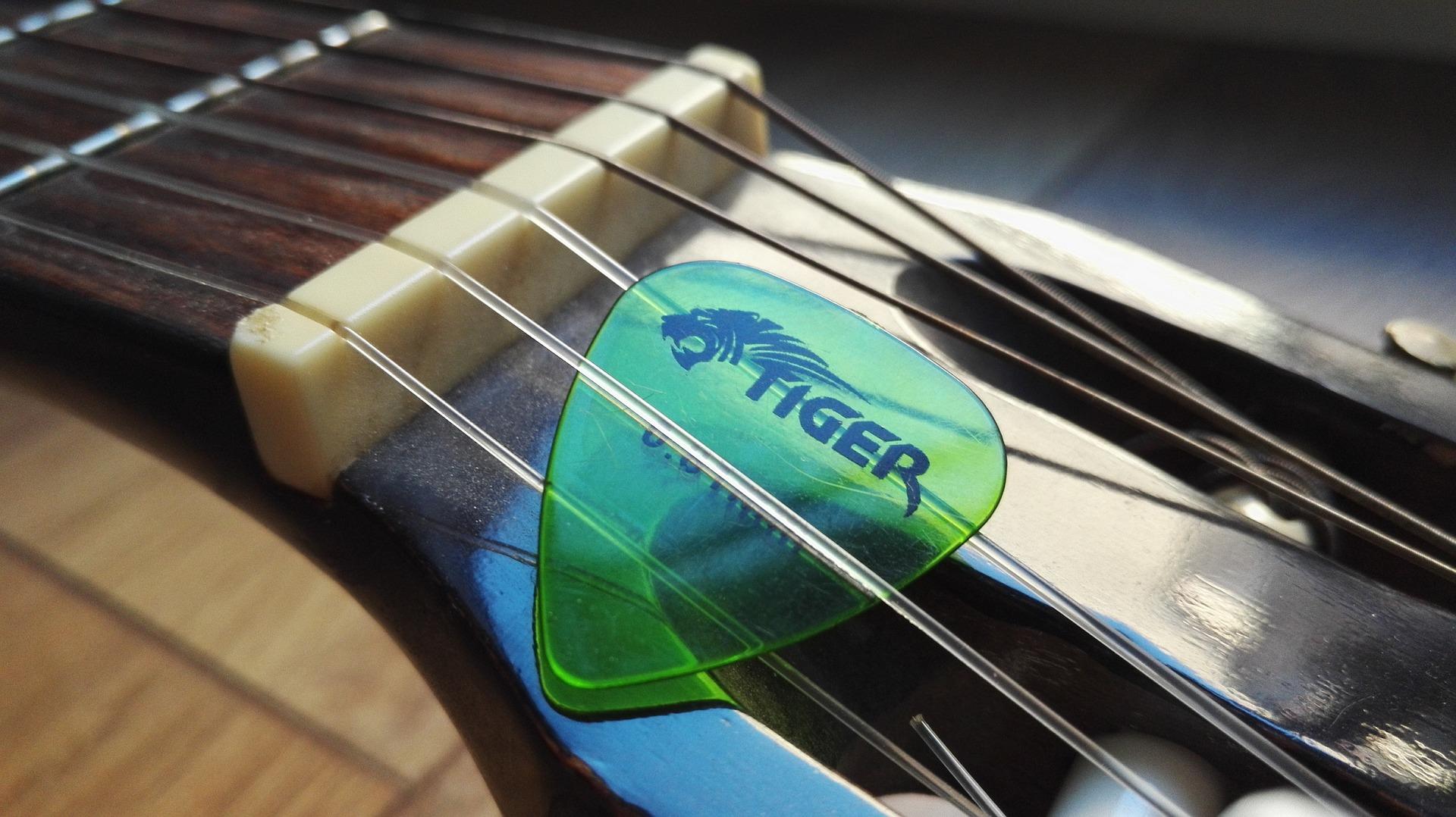
The Natural/Relative Minor Scale
This is the most common one and it's made up of seven notes. Each major scale has a corresponding relative minor scale which includes all the same notes. Here’s its structure:
- 1T - 0.5T - 1T - 1T - 0.5T - 1T - 1T
- 2 - 1 - 2 - 2 - 1 - 2 - 2
The relative minor for C major is A minor: A, B, C, D, E, F, G, A.
The Minor Harmonic Scale
If you want to compose or improvise, the harmonic minor scale is essential for various styles of music including blues, rock, pop, jazz, etc. To remember it, you should start with the natural minor scale. It’s exactly the same apart from the seventh is a semitone higher. Here’s its structure:
- 1T - 0.5T - 1T - 1T - 0.5T - 1.5T - 0.5T
- 2 - 1 - 2 - 2 - 1 - 3 - 1
The Minor Melodic Scale
The minor melodic scale is the most complicated of the three to master. You have to start off with the harmonic scale to construct it. It’s the same but the sixth is augmented by a semitone. The structure changes again:
- 1T - 0.5T - 1T - 1T - 1T - 1T - 0.5T
- 2 - 1 - 2 - 2 - 2 - 2 - 1
You could also start off with the minor natural scale and alter both the sixth and seventh notes. To really master the three minor scales, it’s recommended that you learn how to transpose them. Why not get guitar tutorials to help you with this?
Improvising with the Pentatonic Scale on the Guitar
The pentatonic scale is regularly used in rock music and especially in solos. It’s sometimes referred to as the rock scale or the solo scale. Find guitar lessons on Superprof. 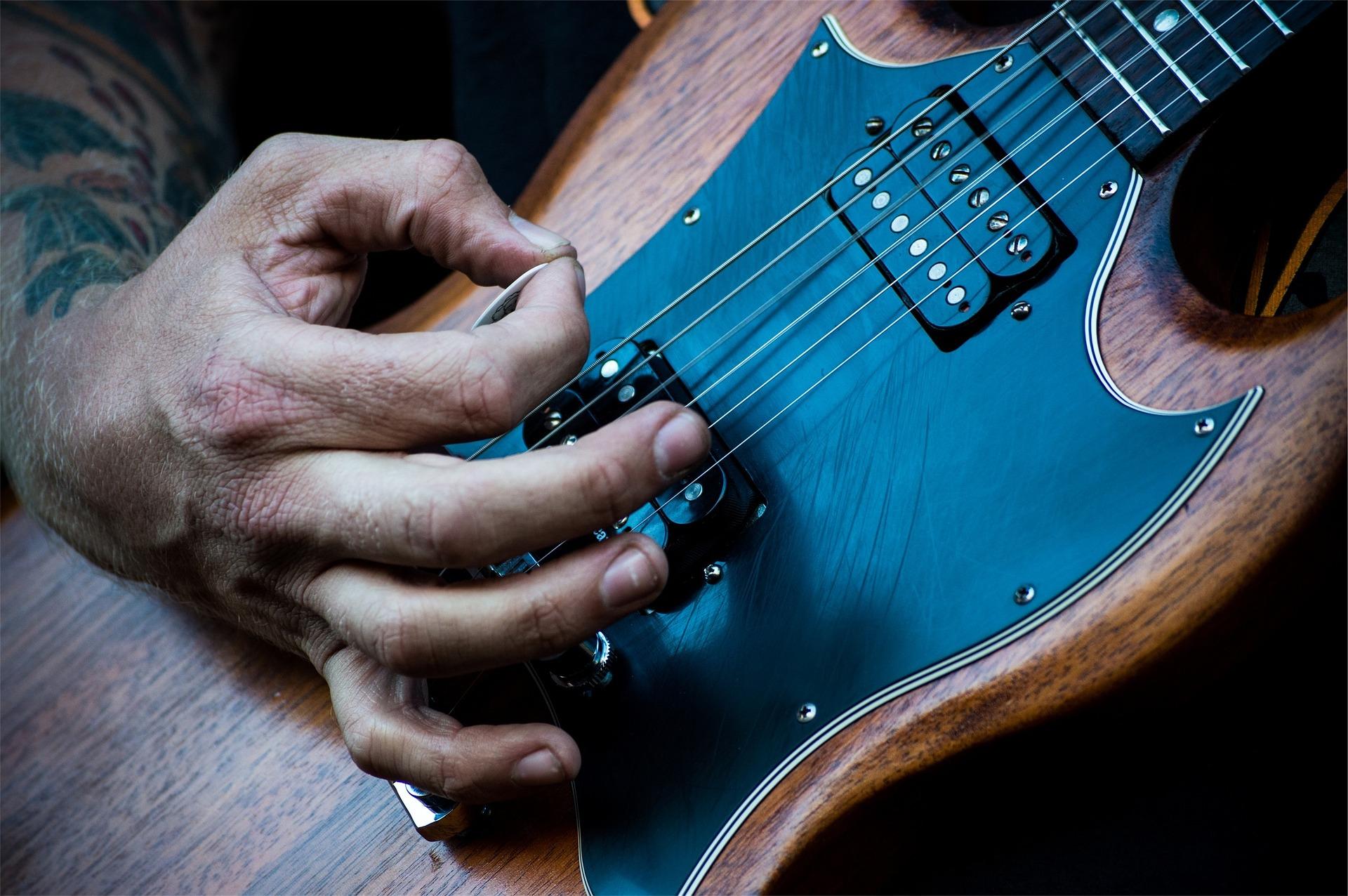
- I to III: Three semitones.
- III to IV: A tone.
- IV to V: A tone.
- V to VII: Three semitones.
- VII to I: A tone.
The II and VI degrees aren’t part of the pentatonic scale.
- 1.5T - 1T - 1T - 1.5T - 1T
- 3 - 2 - 2 - 3 - 2
You can play the pentatonic scale in various ways: either on a single string or using one of the five positions and starting from the tonic of your choice. The major pentatonic scale is just a minor pentatonic scale that starts on the third. Here’s its structure:
- 1T - 1T - 1.5T - 1T - 1.5T
- 2 - 2 - 3 - 2 - 3
It’s a major scale because there are two full tones between the tonic and the third. The pentatonic major scale is very close to the major scale and you work on them both to help you remember them, understand them, and become more comfortable using them when you improvise or transition between scales. To get good at using pentatonic scales, you should follow these tips:
- Don’t lift your fingers too far from the fretboard, this will help you improve the speed of your playing.
- Break down each scale and work on it slowly and methodically.
- Leave the previous finger on the fretboard when playing the next note and don’t take it off until the very last moment.
- The pentatonic scale will really help you when it comes to composing, improvising, and playing solos.
As you can see, scales aren’t just for pianists, guitarists, whether they're playing blues guitar, jazz guitar, or rock guitar, can also work on them. The theory behind a scale will help you understand a chord progression, write riffs, and play guitar solos, melodies, and guitar licks. If you want to play guitar, there are plenty of useful online guitar resources with scales and other resources for an aspiring musician. For those in Adelaide, personalised guitar lessons adelaide can help you refine your technique. Find good online guitar lessons here on Superprof.

